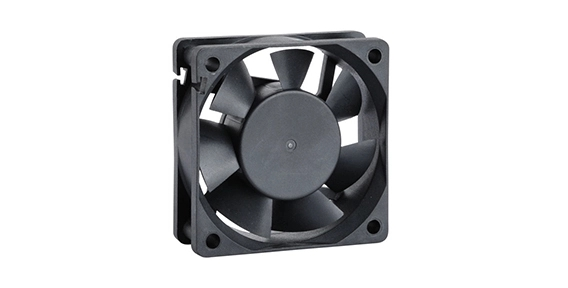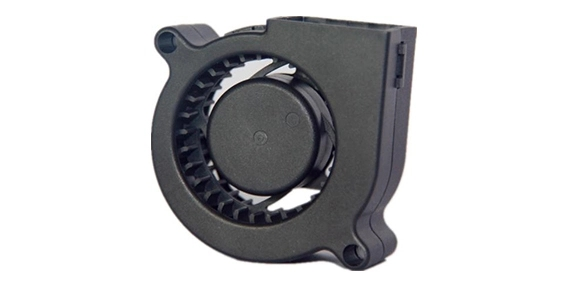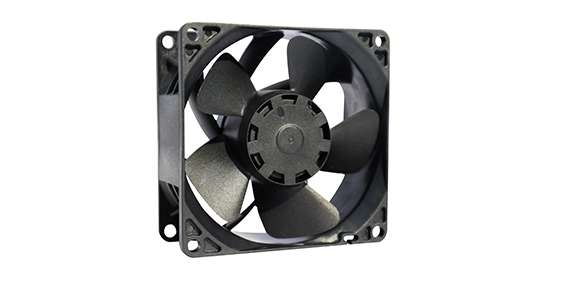In the realm of ventilation and thermal control, DC exhaust fans, specifically of the axial type, play a pivotal role in expelling hot air and maintaining optimal conditions in various environments. This exploration delves into the fundamentals of DC exhaust fans, examining their design, applications, and the advantages they offer in comparison to other ventilation solutions.
Understanding the Basics of DC Axial Fans
A DC exhaust fan, particularly of the axial type, is a specialized fan designed to create a unidirectional airflow for the purpose of expelling air from an enclosed space. The term "DC" denotes that the fan operates on direct current power, allowing for precise control and energy efficiency. The axial design of these fans is characterized by blades rotating around an axis, generating airflow parallel to the axis.
Mechanism and Design of DC Axial Fans
DC axial exhaust fans operate on a simple yet effective mechanism. The fan consists of a set of blades connected to a central hub, which is driven by a motor powered by direct current. When the fan is activated, the motor spins the blades, creating a linear airflow. This design is particularly effective for exhaust applications where a continuous and directed stream of air is required to expel heat or pollutants.
The axial cooling fan design inherent in DC axial fans ensures an efficient airflow pattern. As air is drawn in along the axis and expelled in the same direction, these fans are well-suited for applications where maintaining a consistent and directed airflow is crucial.

Advantages of DC Axial Fans Over Alternatives
Compared to alternative ventilation solutions, DC axial exhaust fans offer several advantages. One key benefit lies in their energy efficiency. The ability to operate on direct current power allows for variable speed control, enabling users to adjust the fan speed based on the specific ventilation requirements. This not only contributes to energy savings but also ensures that the fan operates at optimal levels for different scenarios.
The axial cooling fan design, with its ability to create a focused and directed airflow, makes DC axial exhaust fans particularly effective in applications where precision in ventilation is essential. The linear airflow pattern allows for the efficient expulsion of air or pollutants in a specific direction, optimizing the overall ventilation process.

Integration into Smart Ventilation Systems in DC Axial Fans
As technology advances, DC axial exhaust fans are increasingly being integrated into smart ventilation systems. These systems leverage sensors, connectivity, and intelligent controls to enhance the overall efficiency of ventilation processes. Smart exhaust fans can automatically adjust their speed based on real-time air quality measurements or user-defined preferences, contributing to a more responsive and energy-efficient ventilation solution.
The axial cooling fan mechanism inherent in DC axial exhaust fans, combined with smart technology integration, reflects a forward-looking approach to ventilation in both residential and industrial settings. This trend aligns with the broader movement towards building automation and energy-efficient solutions.
In conclusion, a DC axial exhaust fan is a versatile and efficient solution for various ventilation needs, ranging from residential spaces to industrial environments. The axial cooling fan design, combined with the advantages of operating on direct current power, positions DC axial exhaust fans as integral components in ensuring optimal air quality and thermal conditions. As technology continues to evolve, these fans are likely to play an increasingly pivotal role in the future of ventilation and exhaust systems across diverse applications.

 EN
EN 
 +
+
 +
+
 +
+



